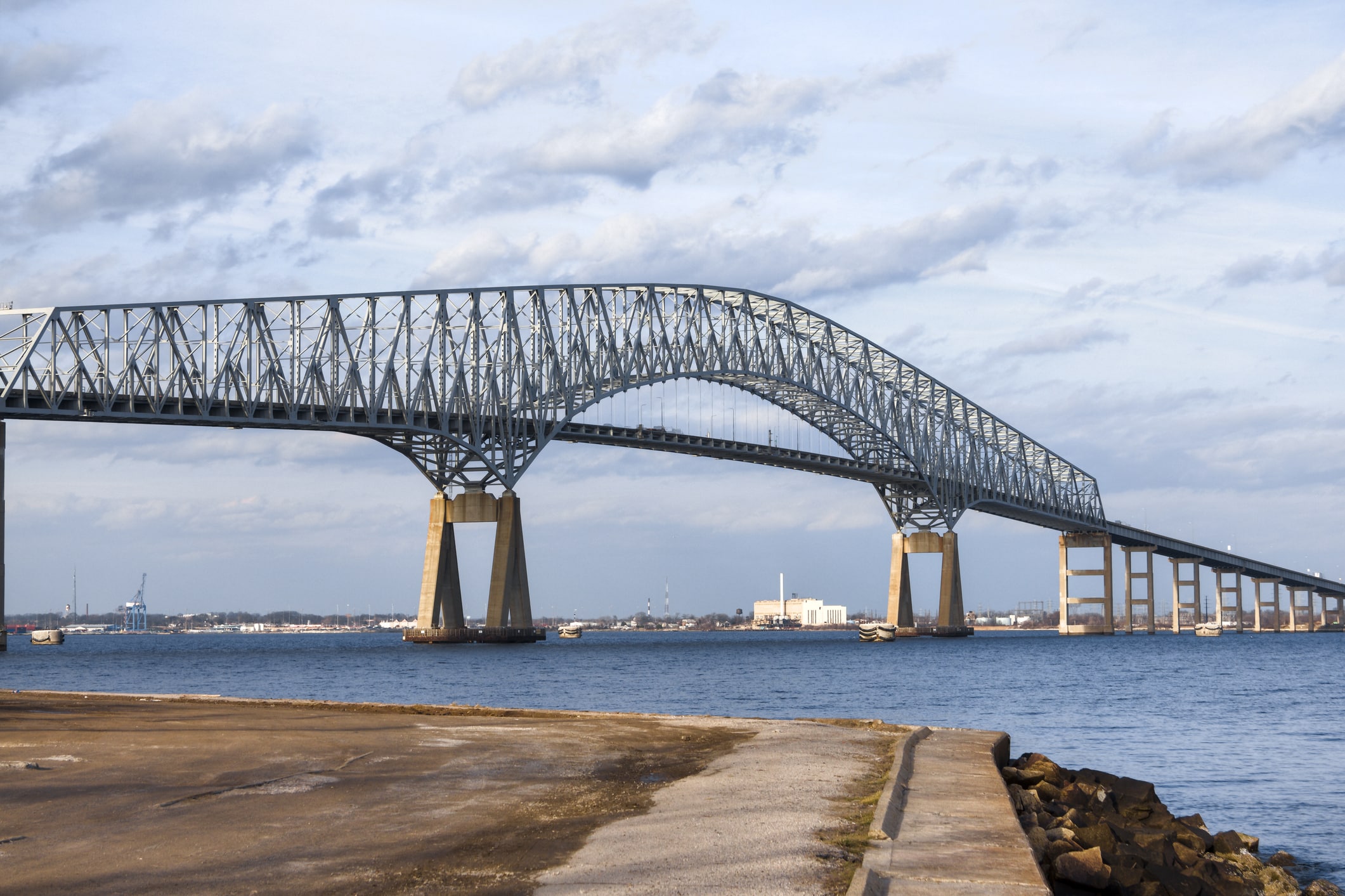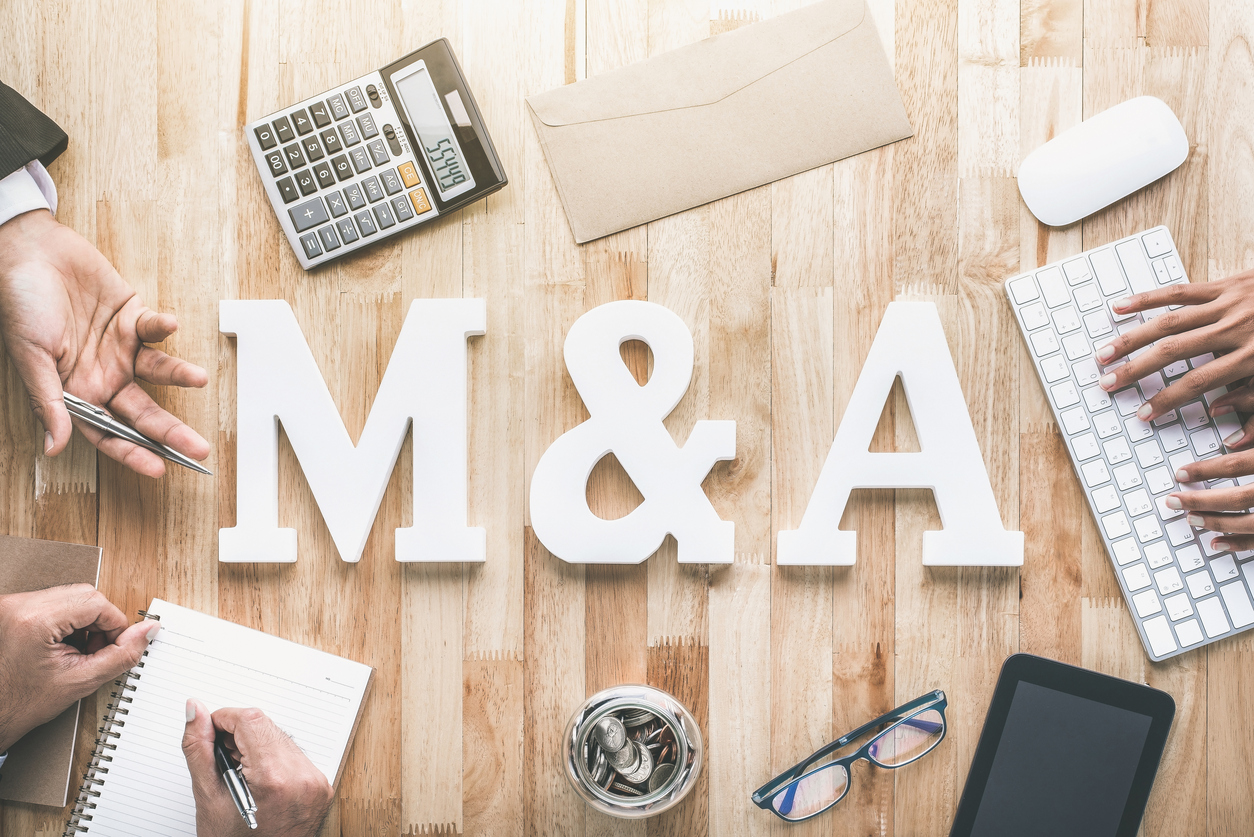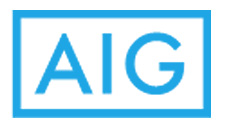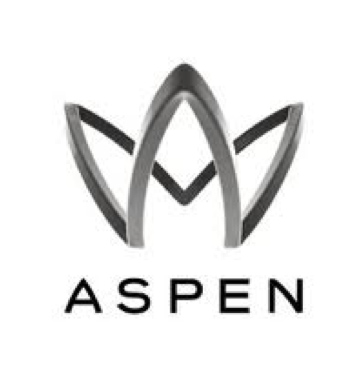Search Blogs

May 3, 2024
Chubb to Make $350 Million Payout in Baltimore Bridge Collapse
Chubb, along with the state and the families of the victims of the crash, will likely sue the shipowner and others to recoup losses from the crash.
The insurer is expected to authorize the $350 million payment within weeks, according to Henry Daar, head of property claims North America for WTW, the bridge’s broker.
“I am confident that Chubb will pay the full limits of liability,” Daar said.
Claims under the state’s policy are bound to exceed the $350 million limit, he said.Damage to the bridge alone could reach $1.2 billion, analysts at investment bank Barclays Capital estimated last month. The policy also provides some business-interruption coverage for the port, which is losing around $88 million a year in tolls, according to Daar.
Insurers can respond to claims that will blow through a policy’s limits either by writing a check for the full amount upfront, or by paying in dribs and drabs, as the work is done. That pay-as-you-go approach can rack up payments to loss adjusters and other professionals.
“I give Chubb kudos for recognizing that this is clearly going to be a full-limits loss,” Daar said. “They could spend millions and millions of dollars in fees for accountants and adjusters over the next few years, or they could pay the claim.”
Chubb’s exposure to the loss is significantly less than the headline $350 million total, in part because it sold some of the risk to reinsurers, according to a person familiar with the matter.
The insurer is expected to support Maryland in suing the owner and manager of the ship that hit the bridge, the 984-foot Dali, to try to recover losses.The Singapore-flagged Dali has coverage through a specialized protection and indemnity insurer, the Britannia P&I club. It is one of a dozen P&I clubs that between them buy reinsurance covering up to $3.1 billion a ship.
A courtroom battle has kicked off that will ultimately determine how much of this multibillion-dollar pot of cash can be tapped. The outcome rests in part on whether the Dali was seaworthy.
Grace Ocean, the Dali’s Singaporean owner, and Synergy Marine, its manager, last month filed in Baltimore federal court seeking to limit their liability. The companies invoked a centuries-old law that caps exposure to the value of the ship and its freight pending, or the amount paid to carry the goods. In the case of the Dali, that would put a ceiling on payouts of around $44 million, the legal filing said.
If the court approved the move to limit liability, the estimated total insured loss would fall significantly from the current range of $2 billion to $3 billion, “probably to less than $1 billion,” according to Marcos Alvarez, global head of insurance at ratings firm Morningstar DBRS.
The legal move to limit liability will be strongly contested. Baltimore’s mayor and city council last month opposed any cap on the shipowner’s or manager’s liability, accusing them of negligence. “The Dali left port…despite its clearly unseaworthy condition,” the mayor and council said in a court filing.A spokesman for the shipowner and the manager said it would be “inappropriate to comment” out of respect for the continuing investigations into the crash and any future legal proceedings.
The Federal Bureau of Investigation has opened a criminal probe into the crash, including whether the Dali’s crew failed to report any problems with the vessel before it left port, The Wall Street Journal previously reported. The National Transportation Safety Board is also investigating the disaster.
The question of the ship’s seaworthiness—or otherwise—could also be a significant factor in an expected future fight between the vessel’s owner and the owners of its cargo. The ship’s owner started a so-called “general average” process in April that would share certain costs with cargo owners, including salvage and retrieving containers stranded on the ship,
The decision to start the process “indicates that the owners expect the salvage operations to result in high extraordinary costs for which they expect contribution from all salvaged parties,” the container line Mediterranean Shipping said last month in an advisory statement to customers who own freight stuck on the ship.Cargo owners are likely to contribute to the costs now, in the interests of recovering their containers, but could seek to recover the payments later, by arguing the collision was the fault of the ship’s owner, marine lawyers said.
A huge operation is under way to remove the bridge wreckage stuck on the ship and at the bottom of the Patapsco River. The first containership since the crash left the port last weekend. A fleet including 36 barges, 27 tugboats and 22 floating cranes has so far removed more than 3,000 of an estimated 50,000 tons of wreckage from the site, according to a recent official update.

May 3, 2024
ACORD’s Insurance Carrier M&A Study: Only 52% of the Last Decade’s Largest Transactions Created Long-term Value
- Scale and Scope: Amortize fixed costs and improve resource access by increasing absolute size, and/or expanding scope across strategic and tactical dimensions.
- Core Expansion: Increase share across areas in which the insurer already executes, such as products, geographies, channels, and customer segments.
- Capability Acquisition: Optimize the risk, cost, and time associated with developing new or enhanced internal capabilities.
- Diversification: Expand portfolio by acquiring new revenue and earning sources.

May 3, 2024
Best’s Market Segment Report: U.S. Medical Professional Liability Segment’s Profitability Buoyed by Net Investment Income

May 3, 2024
AIG Reports Q1 Net Income of $1.2B

May 3, 2024
Neptune Flood Acquires Data Science Firm Charles River Data to Enhance AI-Driven Flood Insurance Solutions

May 3, 2024
Lemonade Narrows Net Loss to $47.3M; Employee Count Down 11% as Premiums Rise
Net loss and loss adjustment expenses rose to $65.9 million from $63.6 million.
The company reported 2.1 million customers, up 13% from the prior-year quarter. Last year Lemonade Co-Founder and Co-Chief Executive Officer Daniel Schreiber said a new partnership with venture firm General Catalyst would cover up to 80% of customer acquisition costs under a time-shifting “synthetic agents” program intended to increase growth without depleting cash, much as quota share reinsurance does. Lemonade offers renters, homeowners, pet, car and life insurance. It operates in the United States, United Kingdom, Germany, the Netherlands and France.
May 2, 2024
Eight Newspapers Sue OpenAI, Microsoft for Copyright Infringement

May 2, 2024
Delos Insurance and Lloyd’s of London Insurer Partner to Expand Vacant Home Insurance in California
The U.S. Census Bureau's definition of vacant homes includes unoccupied secondary homes and rentals, abandoned or foreclosed homes, and investment properties. The California Association of Realtors estimated in 2022 that approximately 1.2 million units, consisting of apartments and single-family homes, are vacant throughout the state.
To fulfill its commitment to bring insurance coverage to a broader range of California homeowners, Delos works closely with its committed carrier partners to dramatically expand insurance options for homeowners struggling to find coverage.
"The Lloyd's underwriters we are working with have established successful books of vacant home business in California, and we are excited to partner with them to use their strong market foundation to safely grow the business," said Delos CEO and Co-Founder Kevin Stein. "With this product and the partnership with Lloyd's underwriters, we can help homeowners fill the coverage gap that exists between their traditional homeowner's policy and their vacancy status. We are committed to creating insurance products that will help more homeowners in California, who may otherwise go uninsured, find insurance coverage."
Delos vertically integrates its wildfire science expertise and data from its suite of wildfire models into its underwriting and portfolio management. Its patent-pending technology empowers the company to pinpoint properties in "stressed" areas – which traditional insurers avoid due to potential wildfire concerns – that do not pose a high risk of loss. Delos has been very successful at recognizing low risk areas within stressed regions, and has never non-renewed a home for wildfire exposure.
Delos' platform aggregates and analyzes exposure and concentration data to quantify a home's actual wildfire risk. It is enabled by a proprietary geospatial AI algorithm and more than 200 data layer inputs, such as detailed weather and wind data, drought and precipitation history, and multi-level overlays of amount, type, and health of vegetation.
As a specialist managing general agent, authorized to underwrite on behalf of insurance companies, Delos can update its predictive wildfire model's data set with new information within six weeks. This allows the team to adapt and react to new evolutions in wildfire peril and remain profitable even as climate change amplifies catastrophe risks.
About Delos Insurance Solutions Delos Insurance Solutions uses cutting-edge technology to offer insurance protection to homeowners in communities abandoned by other insurers because of wildfire risk. Founded in San Francisco in 2017 by aerospace engineers, Delos uses satellite imagery and artificial intelligence to identify insurable homes within territories deemed too risky by the rest of the insurance market. Delos is a managing general agent (MGA) offering policies on behalf of insurers rated "A" (Excellent) by AM Best. For more information, visit getdelos.com.

May 2, 2024
Everest Group First-Quarter Net Income Doubles as Underwriting Jumps

May 2, 2024
Florida Market Anticipated to Be Healthy at Upcoming June Renewals: Arch CEO

May 2, 2024
Walmart Is Shutting Health Centers After Plan to Expand

May 2, 2024












